I don’t pick favorites. I can’t. There are too many amazing native plants for me to pick a single favorite. I’m like a kid in a candy store. This one’s my favorite, no this one’s my favorite, no wait, it’s actually this other one. They’re all my favorite. So when I say this is my favorite Symphyotrichum – there are actually two others that are tied or close seconds, but this is definitely at the top. At least when it comes to the asters I’ve met, because who knows? Maybe one of the species I have yet to meet may also be my favorite? No wait there’s one more I’d add to the top, so four? Gah!
It is among the very last to bloom, when all others have gone dormant, when leaves cover the ground, and most pollinators are done for the year. You have to wonder, who’s left to enjoy this? I think of them sort of as flowers with ADHD. They’re running a little behind everyone else, but they’ll show up, eventually, and when they do – they really put on a show. It’s well worth the wait. Not to mention, that shade of purple… It’s absolutely stunning against a backdrop of orange and golden leaf color, don’t you think? Even the orange/red Liatris in the main photo behind my hand pairs beautifully with those royal purple blooms. The lighting makes everything look more red – the blooms actually tend to be a bit more violet blue purple than New-England-aster purple.
Find Georgia aster in the wild
These are endemic to a handful of southeastern states and limited in population within those states. For thousands of years, the Indigenous people who stewarded these lands managed them in part with fire. They didn’t have chainsaws and herbicides. When you need to clear land, a lot of it, you let it burn. Some species remained, even thrived – others would not survive the flames. Those that thrived adapted to living in this continuous disturbance. This helped to create some of the unique habitats that some people today believe are wild. Unfortunately, due to fire suppression (as well as other issues), this species and others like it are becoming a relic of the past. Only a few populations remain in the wild.
Edges and openings in rocky, upland oak-hickory-pine forests; former prairies, woodlands, and savannas; and roadsides and rights-of-way through these habitats. Usually growing in circumneutral soils developed over mafic bedrock. […] sometimes with Echinacea laevigata or over amphibolite (Source)
Despite the fact that this is a globally vulnerable species, it is not federally protected. It’s up to the states to ensure that their remaining populations are secure. If not… we could lose them in the wild. The next time I go to visit my family in Marietta, GA, I should plan my visit to occur at the same time that these bloom. Maybe I’ll be able to find some. Luckily at least Georgia does protect theirs. It is believed to be extirpated from Florida.
Grow Georgia aster in your garden
Why should you consider adding this species to your garden if it’s not native anywhere near Pennsylvania? As a member of Symphyotrichum, it still shares all the benefits to wildlife that others in the genera provide. Also, because its existence is threatened – and being in the midst of Dixie alley and at risk of increasingly violent storms, the more we can spread the population ex-situ, the better the chances are that it wouldn’t be lost entirely. There’s also the issue that the current administration is actively seeking to dismantle and deregulate any such federal protections we had established for rare and endangered habitats or at-risk species. This means that one major aspect of in-situ conservation is at serious risk of loss. Home gardeners, whenever possible, can assist in ex-situ conservation efforts by dedicating a portion of their gardens to nurturing species of concern.
Georgia aster grows in full to part sun, though I’ve found that it tolerates dappled or light shade pretty well. That’s because when it is blooming then setting seed (the most energy intensive part of a plant’s life), most trees have lost their leaves. Think of it sort of as a reverse of spring ephemerals. Just don’t grow it under any species like evergreens (which do not lose their leaves) or invasive Norway maples (which are the first to leaf out and hold onto their leaves for a very long time).
Plant it in an area that is moist and well-drained to occasionally dry. As an upland species, this one does not like being wet. Like many aster species, this spreads by rhizome, so give it some room to grow. It is reportedly not self-fertile, so you’ll want to get two plants if you wish to obtain viable seed to grow more and share. Despite the fact that this species is endemic to the southeast, it is hardy to zone 3a. That means, it should have zero issue handling our winters.
Most importantly, protect this from deer. They will browse this species if it’s accessible.


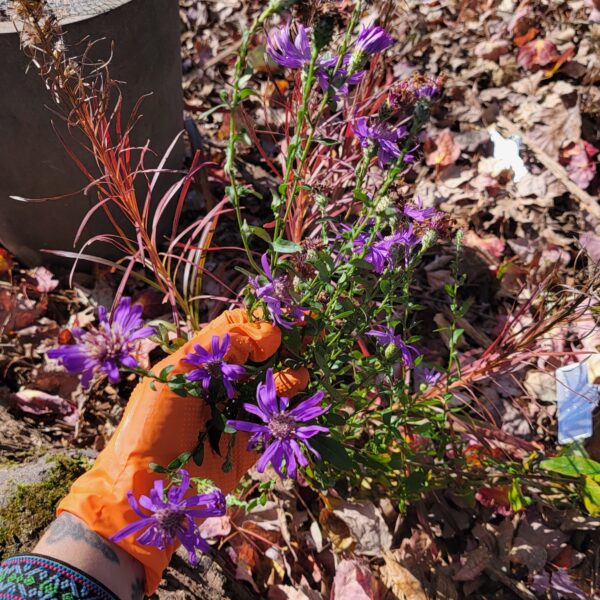

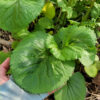

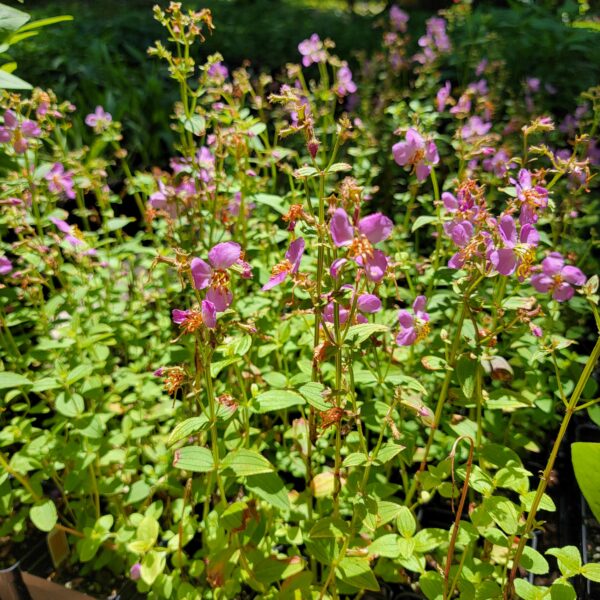
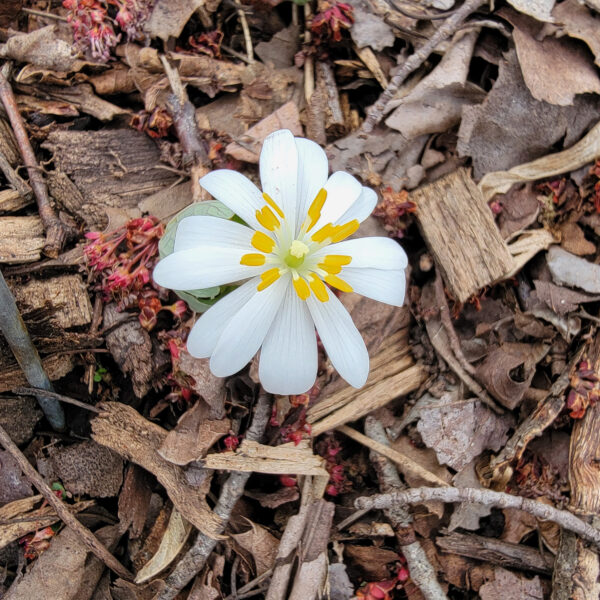





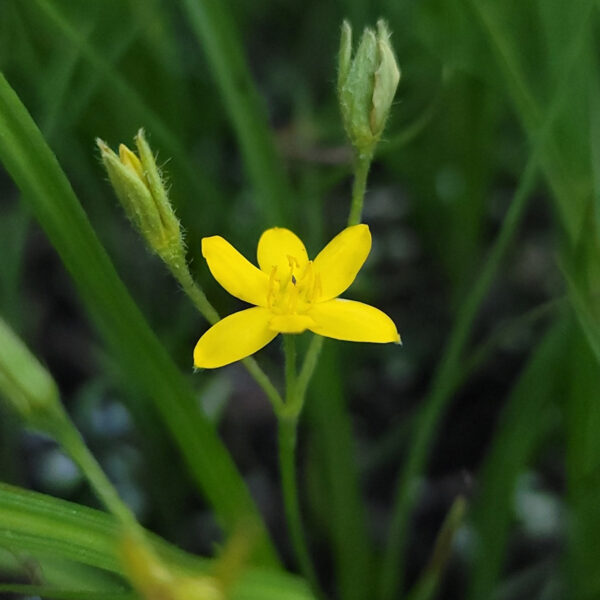





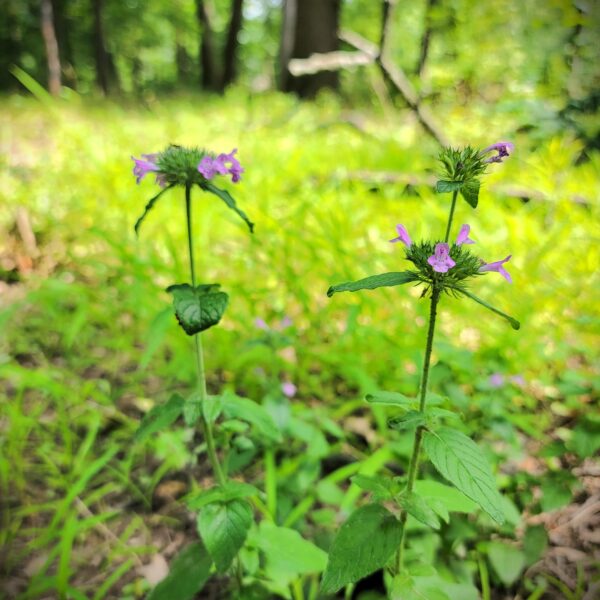

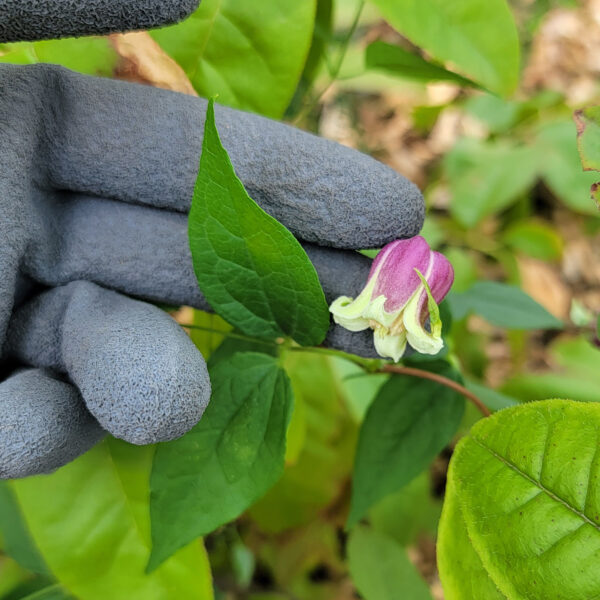



Reviews
There are no reviews yet.